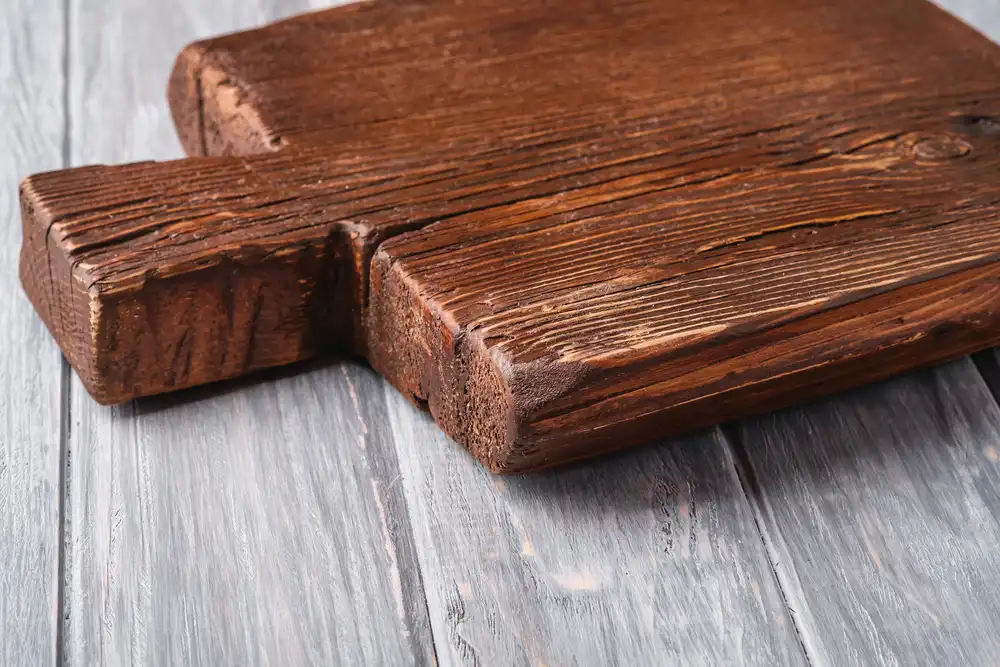What is Danish Oil?
Danish Oil is a wood finishing oil applied from the interior to protect and nurture wood. Because Danish Oil isn’t a naturally occurring oil like Tung or Linseed Oil, it’s a combination of oils interpreted differently by different companies.
Tung oil or boiled linseed oil are the most common ingredients in Danish Oil. The oils are diluted with a solvent liquid to make the oil simpler to apply. A small amount of varnish is also present in Danish oil. And this makes it more durable, gives it a lovely silky feel, and improves the oil’s resistance to dirt and stains.

What is teak oil?
Teak oil is an old natural wood oil made from the richest pure tung oil and linseed oil for maximum natural protection and a glossier wood finish. The oil aims to provide unrivaled UV light (fading) and fungal molding protection. It is free of synthetic resins and varnishes. The oil may be used on a wide range of woods (including teak) for internal and external uses, although it’s best to protect exterior hardwoods.
Similarities between Danish oil and Teak Oil?
Both oils are pretty comparable. Teak Oil dries to a matt finish, and Danish oil dries to a satin / semi-gloss sheen. Teak Oil and Danish Oil are blends; therefore, no two recipes are the same. Unlike Tung Oil and Linseed Oil, both 100 percent natural oils, Teak Oil and Danish Oil are mixtures. Although they both contain oil, they are the names of formulations rather than essential oils. As a result, teak oil from one company will most likely differ from teak oil from another.

Danish Oil has a similar composition to Teak oil. Linseed oil, varnish, and mineral spirits also make Danish Oil. Danish Oil has a longer shelf life compared to many other oils. It guards against stains, scratches, heat, and chemical damage to the wood. Because it is not scratch-resistant, it is suitable for utensil handles.
For untreated wood, Danish Oil is an appropriate option. It will give the wood a lustrous and glossy appearance. When applied to pine or maple wood, it darkens the color to some amount. The amount of blackness you get depends on the color of the Danish oil you use.
There are many different Danish Oil colors on the market ranging from golden oak to black walnut. The final color also depends on the type of wood used. Many other brands offer high-quality Danish oils. Watching, Deft, and Briwax Danish oil are some of the most popular brands. Danish Oil, like Teak oil, has a straightforward application technique. It immediately dries out.
The color of the wood is not affected by this oil. The wood is protected from heat and sunshine using this oil. It’s water-resistant and helps to keep wood dry. You can use this oil in conjunction with varnish and paint. Danish oil is non-toxic and suitable for indoor and outdoor furniture use.
Differences between Danish oil and Teak Oil?
You can finish your furniture with Danish oil or teak oil. The oils can protect, treat, and color all types of furniture, whether new or antique.
Teak oil is essential to keep the wood’s inherent properties. Because teak oil is water-resistant, it goes deep into wooden furniture to preserve it from mildew. Danish Oil is also used to cure many types of wood. It is suitable for both indoor and outdoor use. It is less abrasive than teak oil, and because it is non-toxic and safe, it is appropriate to treat children’s toys and wooden kitchen countertops.
Drying Time: A thick layer of teak oil takes 12 to 24 hours to dry, whereas a thin coat takes 6 to 12 hours. A substantial coat of danish oil takes 12 to 18 hours to dry, whereas a thin layer takes roughly 4 hours.
Teak Oil Pros:
- You can easily apply it on wooden surfaces with a brush or a clean cloth.
- Suitable for use on both interior and exterior timber surfaces.
- This product is ideal for treating heavy wood.
- It is not prone to splintering over time.
- It may shield hardwood surfaces from UV rays while preventing water stains.
Teak Oil Cons:
- It makes bonding wood together harder.
- It has the potential to change the color of the wood.
- It isn’t the best option for some types of wood.
Danish Oil Pros:
- Quickly dries.
- When correctly applied, it can withstand water, heat, and chemicals.
- Paint or varnish compatible.
- The color of the hardwood surface does not change over time.
- It can be tinted.
- The application and restoration methods are both simple.
Danish Oil Cons:
- Not as long-lasting.
- Requires more frequent maintenance than other oil treatments.
- It’s not a good idea to use it on cutting surfaces.
- Can only be used on bare wood.
How to Apply Teak Oil
- As always, be sure that the surface you will apply is free of dust and dirt.
- Make sure to remove any previous finish from the surface before adding teak oil. For this, you can employ chemical solvents or strippers.
- Using a brush or a piece of cloth, liberally apply the finish to the wooden surface. Allow it to soak for a few minutes before wiping it down with parallel strokes. After that, sand the surface.
- Use the same strokes as before.
- Allow 30 minutes for the second coat to dry before applying it. Allow 15 minutes for the treatment to dry before wiping the surface with a cloth. Allow about ten hours.
How to Apply Danish Oil
- Danish Oil is an excellent treatment finish for beginners because it does not necessitate any particular techniques.
- It’s easy to apply because all you have to do is brush or wipe it over a raw wooden surface. Make sure to use the oil in the grain’s direction.
- Allow about 10 minutes for the first coat to dry before applying the second coat until you have a nice, even sheen.
Which one is the best between Danish oil and teak oil?
Linseed oil, typically used on willow cricket bats, dries slower than Danish oil and Teak oil. They also create a considerably more durable finish. Danish Oil has a shiny finish, whilst Teak oil has a faint sheen. It’s preferable to keep using linseed oil if your wood already has it.
As a result, there isn’t a clear winner regarding which treatment oil is the best. It all depends on a variety of factors. If you have raw wood that you want to finish but aren’t sure how to do it, the Danish oil is a perfect alternative for a beginner. On the other hand, Teak oil is a safe solution for treating both interior and exterior wood surfaces.
- Pyrography Techniques for Beginners: Textures and Shading - January 23, 2024
- Troubleshooting Jointer Issues: Why is Your Jointer Not Flattening Wood? - October 11, 2023
- Unlocking the Secrets of Jointing to Increase Width - September 29, 2023